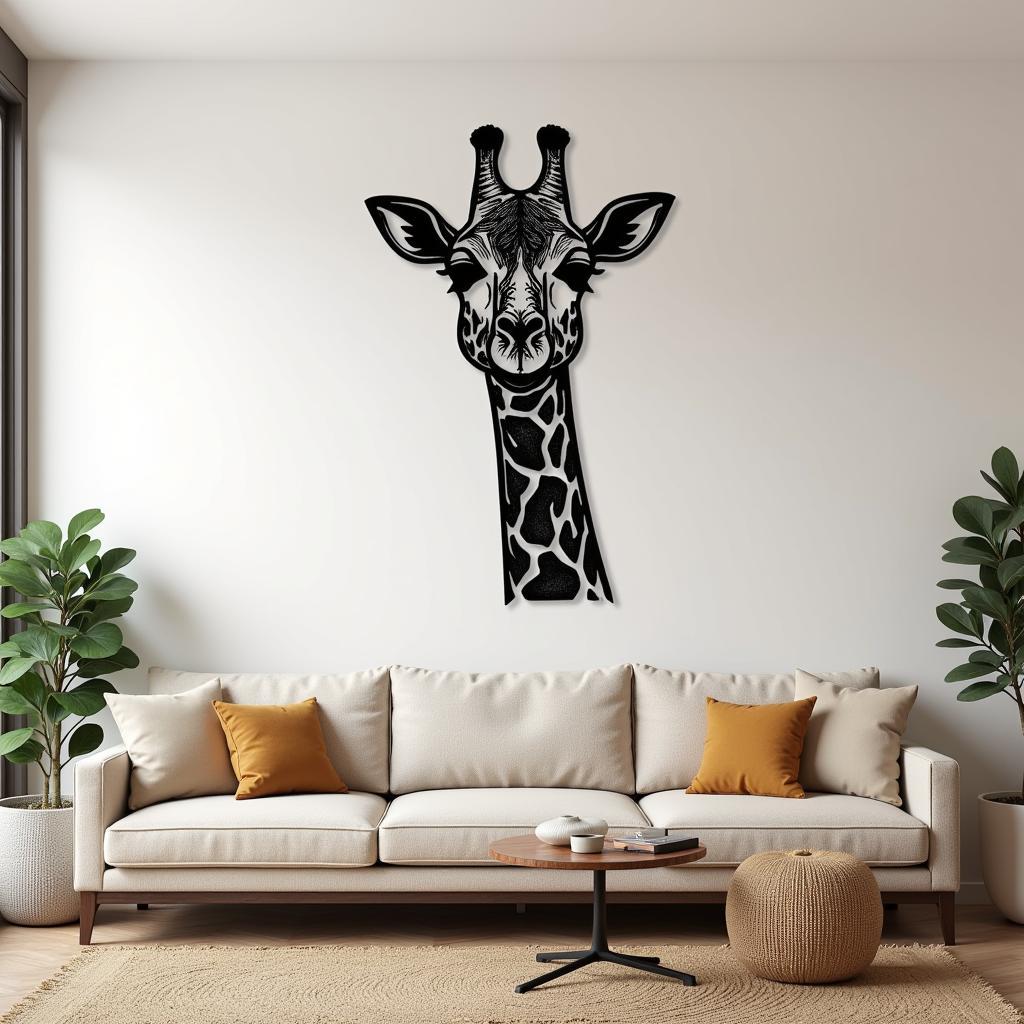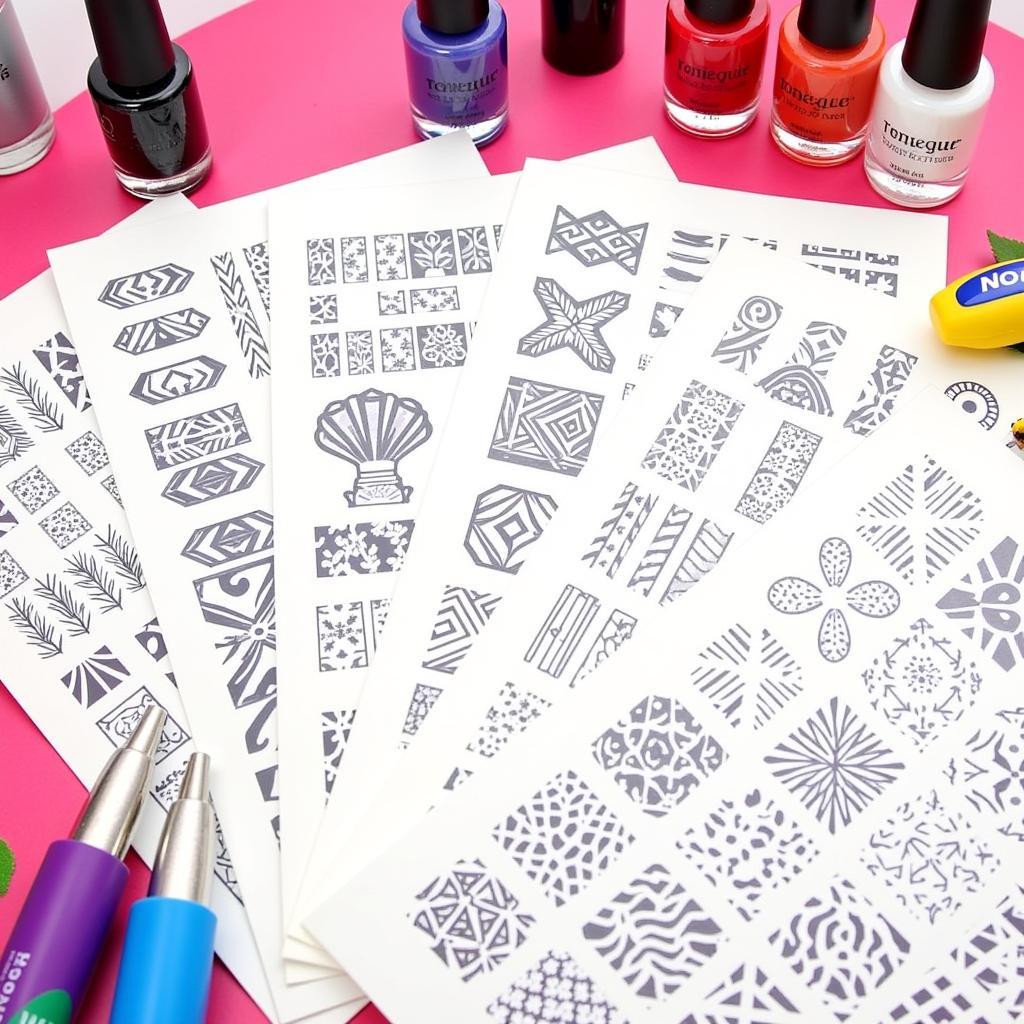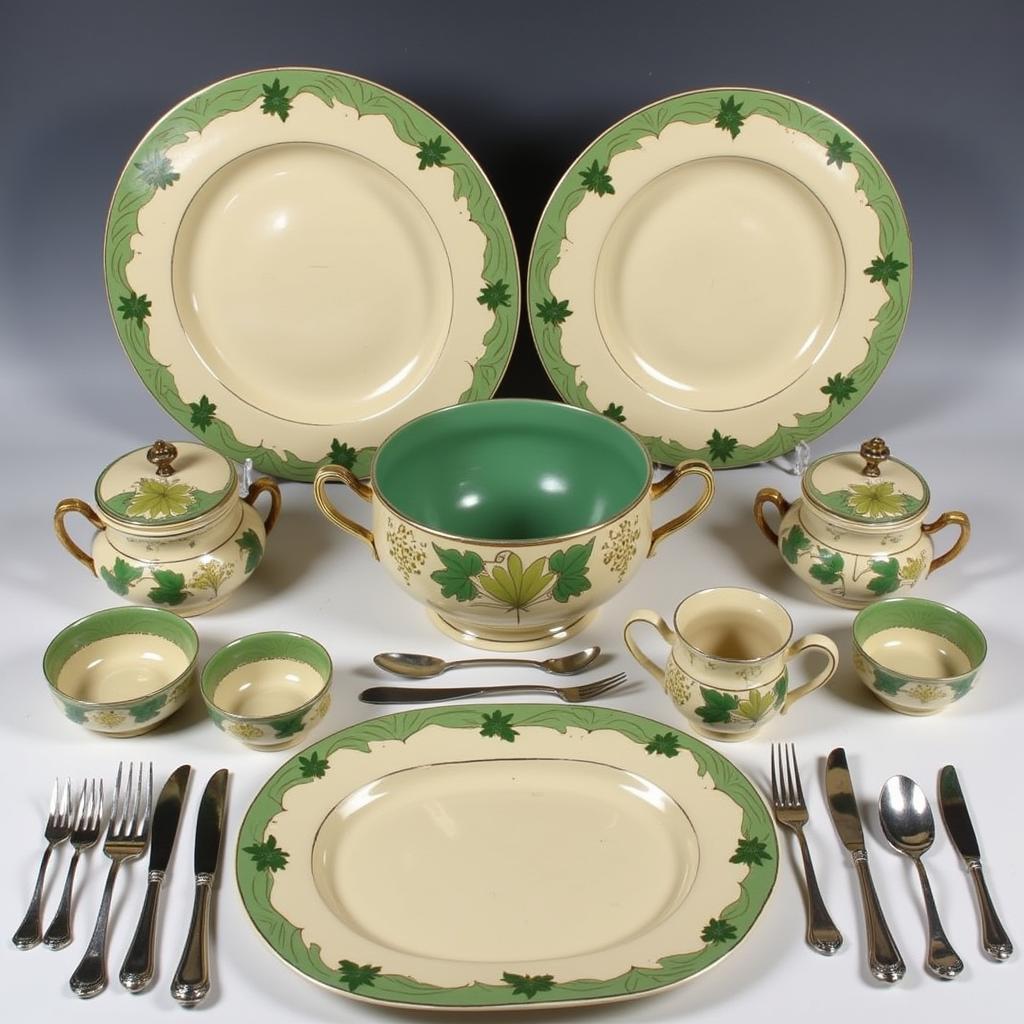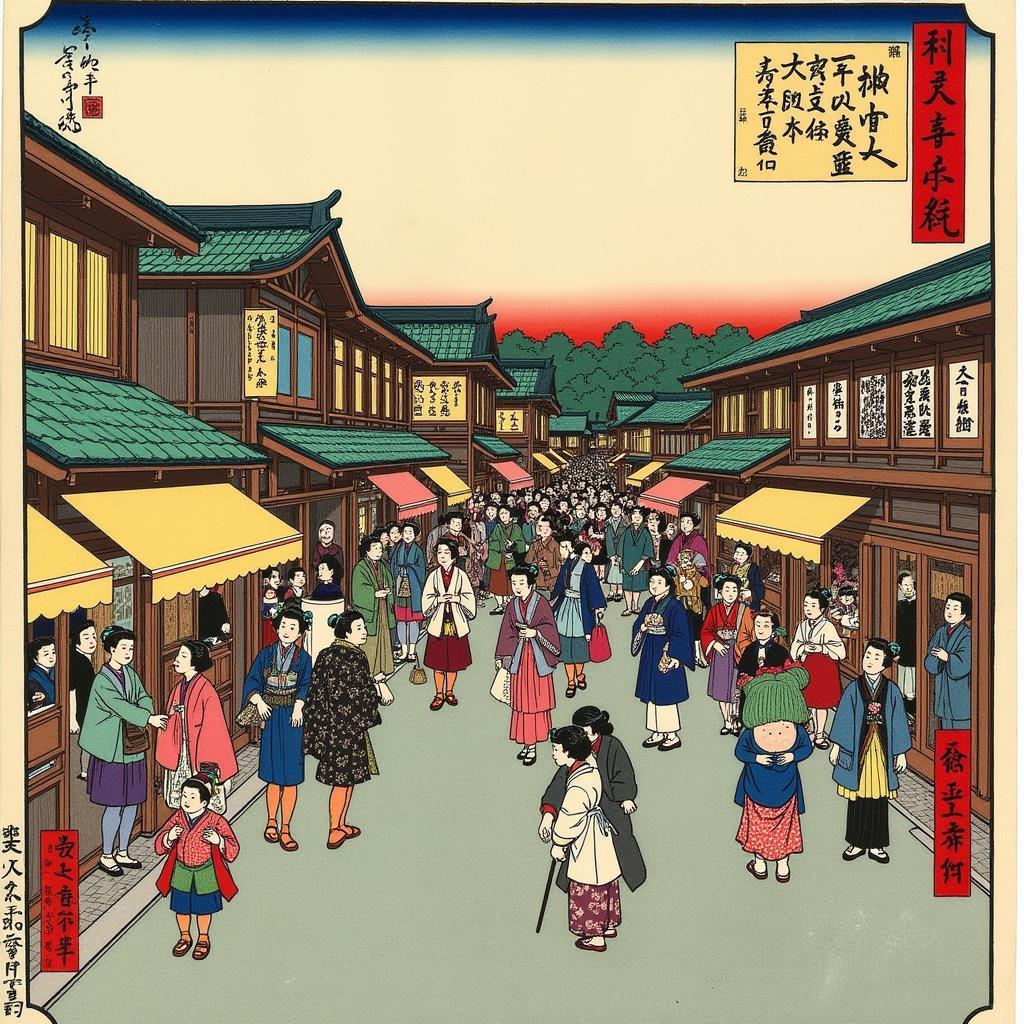Mastering the Art of Sumi-e: A Journey into Japanese Ink Painting
The Art Of Sumi-e, often referred to as Japanese ink painting, is more than just putting brush to paper. It’s a meditative practice, a dance between control and spontaneity, where the simple elegance of black ink on white paper speaks volumes. Within the first few strokes of a sumi-e painting, a world of meaning and emotion unfolds.
Unveiling the Essence of Sumi-e
Sumi-e, translating to “black ink painting,” is a traditional East Asian art form that emphasizes simplicity, spontaneity, and the beauty of minimalism. Unlike Western painting, which often strives for realism and detail, sumi-e focuses on capturing the essence of a subject – its spirit, energy, and movement – with just a few carefully placed brushstrokes. This art form isn’t about perfectly replicating a scene, but rather about evoking a feeling or capturing a fleeting moment in time. What you choose to leave unsaid is just as important as what you portray.
You might be surprised to learn that sumi-e isn’t just about landscapes and nature scenes. While those are common subjects, artists also explore portraits, calligraphy, and even abstract concepts using this powerful medium. Looking for framed Japanese art? Sumi-e pieces can add a touch of elegant simplicity to any space.
Delving into the Techniques of Sumi-e: Tools and Strokes
The essential tools for sumi-e are simple: ink stick, inkstone, brush, and paper. Each element plays a crucial role in the final artwork. The ink stick, traditionally made from soot and animal glue, is ground on the inkstone with water to create the desired ink consistency. The brush, usually made of bamboo and animal hair, is a versatile instrument capable of producing a wide range of strokes, from delicate lines to bold washes. Choosing the right Japanese art supply store is key to finding high-quality materials.
Different brushstrokes, combined with varying ink densities, allow the artist to create a rich range of textures and tones. A single, decisive stroke can represent a bamboo stalk, while a series of light washes might evoke the misty atmosphere of a mountain range. This economy of means is a hallmark of sumi-e, challenging the artist to convey maximum meaning with minimal effort. Mastering these techniques requires practice, patience, and an understanding of the underlying principles of this ancient art form.
 Essential Sumi-e Tools and Brushstrokes
Essential Sumi-e Tools and Brushstrokes
The Philosophical Underpinnings of Sumi-e
Sumi-e is deeply rooted in Zen Buddhism and Taoism. The emphasis on simplicity, spontaneity, and the connection between the artist and nature reflects these philosophical influences. The act of painting becomes a meditative practice, a way to connect with the present moment and find harmony with the natural world.
“Sumi-e is not merely about depicting a subject,” says renowned sumi-e artist, Hiroki Tanaka, “but about capturing its inner life, its spirit. It’s a conversation between the artist, the ink, and the paper.”
The blank white space in a sumi-e painting is not emptiness, but rather a representation of the unseen, the potential that exists within all things. It’s an invitation for the viewer to complete the picture with their own imagination and interpretation.
If you’re looking for unique art pieces, you might consider Chiura Obata original art for sale. His work is a stunning example of the power and beauty of sumi-e.
Exploring the Art of Sumi-e: A Beginner’s Guide
Getting started with sumi-e doesn’t require a vast array of materials. Begin with the basics: a good quality brush, ink stick, inkstone, and paper. Experiment with different brushstrokes and ink consistencies. Don’t be afraid to make mistakes. Each stroke, even the “failed” ones, contributes to the learning process. Observing nature is crucial. Spend time studying the forms and movements of the subjects you wish to portray, and then try to capture their essence with your brush.
“The beauty of sumi-e lies in its imperfection,” notes sumi-e master, Akari Sato. “It’s about embracing the unexpected and finding beauty in the simplicity of a single brushstroke.” Even famous art black and white can inspire you to explore the possibilities of monochromatic expression. If you’re a football fan, you might find an interesting parallel between the swift, decisive moves on the field and the confident strokes of a sumi-e brush. Consider an Art Monk signed football as a unique piece of memorabilia.
Conclusion
The art of sumi-e offers a unique path to artistic expression. It’s a journey of self-discovery, a meditation on nature, and a celebration of simplicity. By embracing the minimalist aesthetic and the spontaneous nature of ink and brush, you can unlock a world of creative possibilities. So, pick up a brush, grind some ink, and begin your own exploration of the captivating art of sumi-e.
FAQ
- What is the difference between sumi-e and calligraphy?
- What type of paper is best for sumi-e?
- How do you care for sumi-e brushes?
- What are the basic sumi-e strokes?
- Where can I find sumi-e supplies?
- Are there online sumi-e workshops?
- How can I improve my sumi-e skills?
Need support? Contact us 24/7: Phone: 02462573573, Email: [email protected] or visit us at: Savico Megamall, 7-9 Đ. Nguyễn Văn Linh, Gia Thụy, Long Biên, Hà Nội 10000, Việt Nam.




